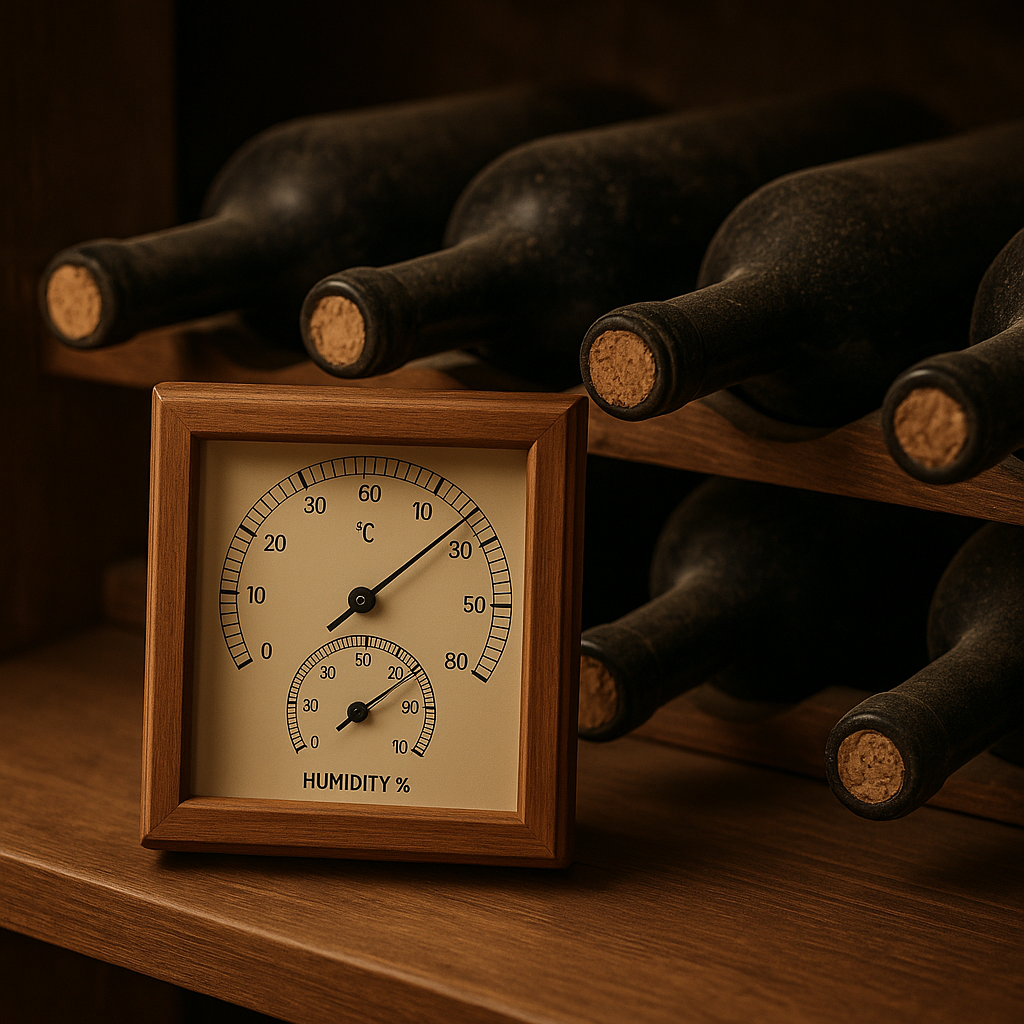
Humidity's role in wine bottle aging
Share
Understanding Wine Aging and Its Key Influencers
Humidity plays a crucial role in the aging process of wine, influencing not just the wine itself but also the integrity of the bottle and its closure. Ideally, a humidity level between 50% and 70% is recommended for optimal aging. At this range, the cork remains adequately moist, preventing it from drying out and allowing air to seep into the bottle, which can lead to oxidation and spoilage. Conversely, excessive humidity can encourage mold growth on the cork and labels, potentially compromising the wine’s quality and presentation.
Moreover, humidity interacts with temperature fluctuations, which can exacerbate the aging process. High humidity paired with fluctuating temperatures can cause the cork to expand and contract, leading to micro-leaks. This delicate balance underscores the importance of a controlled environment for wine storage. By maintaining proper humidity levels, wine enthusiasts can ensure that their bottles age gracefully, allowing the complexities of flavor and aroma to develop fully over time.
The Science Behind Humidity's Impact on Wine
Humidity plays a crucial role in the aging process of wine, influencing both the cork's integrity and the overall maturation of the liquid within the bottle. When humidity levels are too low, corks can dry out, leading to oxidation as air seeps into the bottle. This exposure can spoil the wine, altering its flavor profile and diminishing its quality. Conversely, excessively high humidity can promote mold growth, which, while it might not directly harm the wine, can compromise the cork and the label, affecting the wine's market value and aesthetic appeal.
The ideal humidity range for wine storage is typically between 50% and 70%. Within this range, corks maintain their elasticity, creating a proper seal that allows for minimal air exchange. This balance is essential for the slow and steady evolution of flavors that occurs during aging. Furthermore, humidity interacts with temperature fluctuations, amplifying their effects on wine. Thus, understanding and controlling humidity is vital for any wine enthusiast seeking to preserve the integrity and character of their collection over time.
Optimal Humidity Levels for Preserving Wine Quality
Maintaining optimal humidity levels is crucial for preserving the quality of wine during bottle aging. Ideally, humidity should be kept between 50% and 70%. Within this range, corks remain adequately moist, preventing them from drying out and allowing air to seep into the bottle, which can lead to oxidation and spoilage. Conversely, excessively high humidity can foster mold growth on the cork and label, potentially compromising the wine's integrity and presentation.
Moreover, consistent humidity levels contribute to a stable environment, minimizing fluctuations that can stress the wine and disrupt its aging process. A well-regulated humidity also protects the wine's delicate aromas and flavors, allowing them to develop harmoniously over time. Therefore, investing in a reliable hygrometer and a climate-controlled wine storage system can significantly enhance the aging potential of your collection, ensuring that each bottle matures gracefully and is ready to be enjoyed at its peak.
